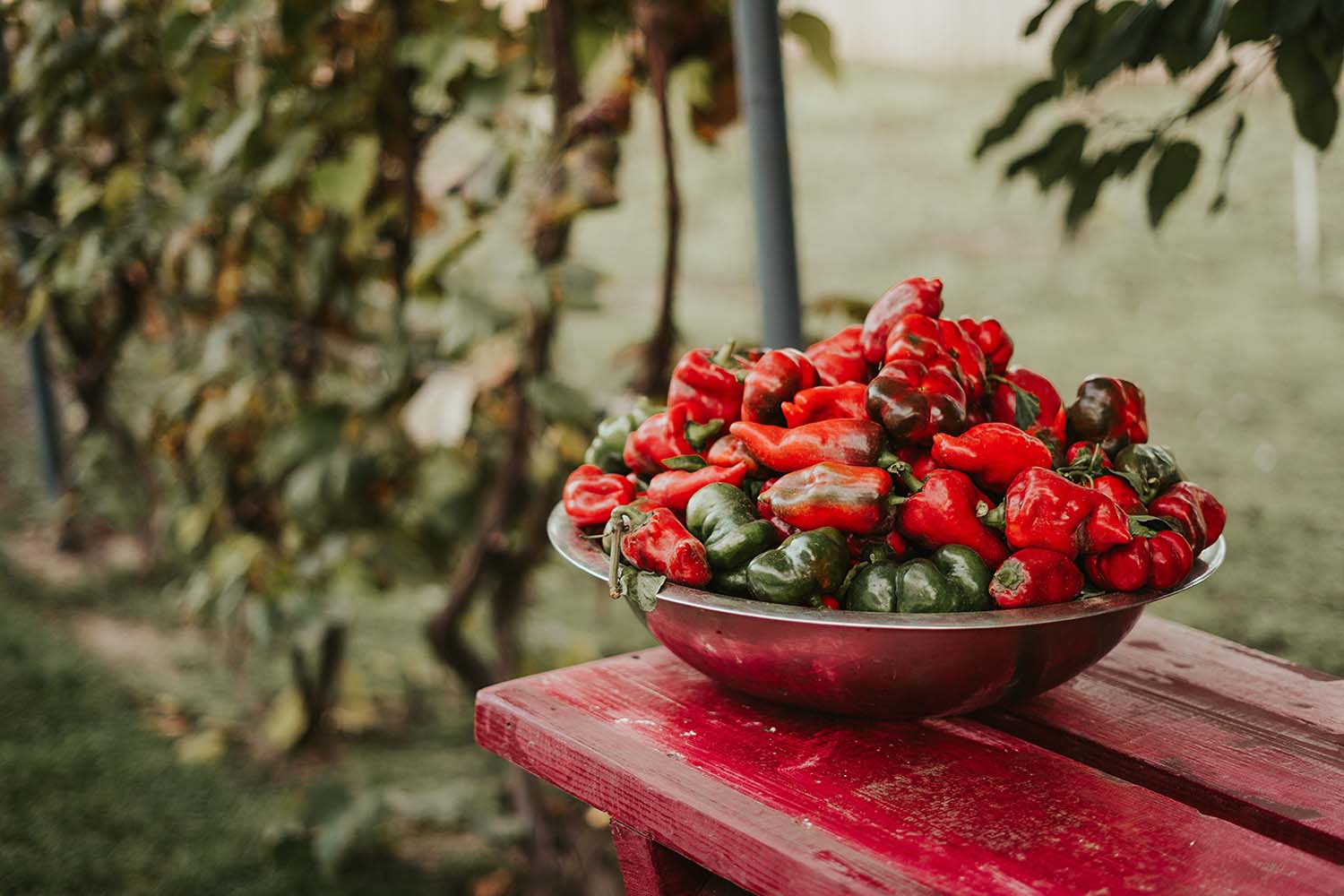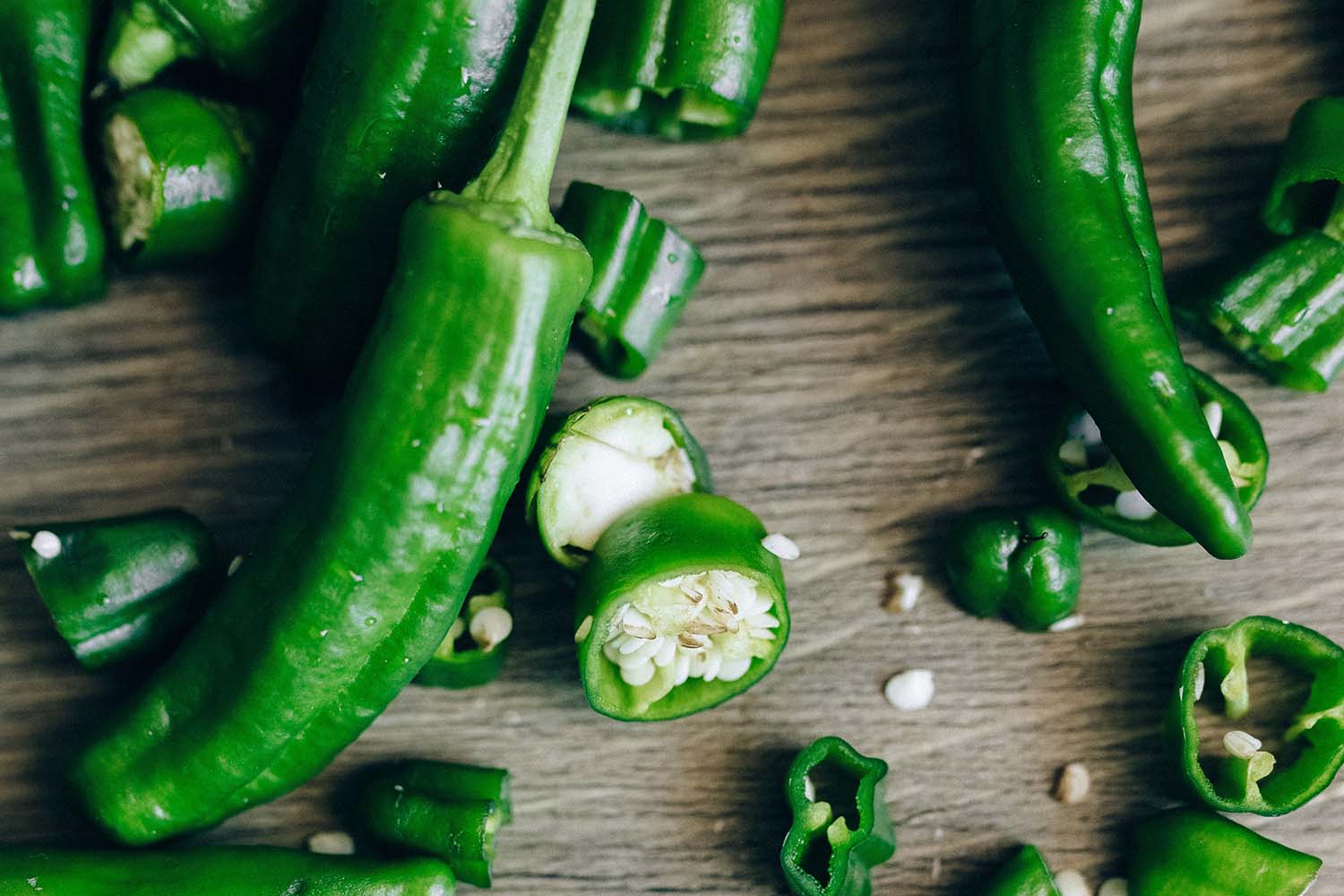Your Guide To Mexican Peppers

Mexican peppers are some of the most amazing chili peppers in the world. They are renowned for their rich and complex flavors, vibrant colors, and intense heat levels. From the humble jalapeno to the fiery habanero, Mexican peppers have been a staple ingredient in Mexican cuisine for centuries, and their popularity has spread to other parts of the world in recent years. In this article, we will explore the unique characteristics of Mexican peppers and why they are so amazing.
Mexico is home to a wide variety of chili peppers, ranging from mild to extremely hot. Some of the most popular Mexican peppers include the jalapeno, serrano, poblano, ancho, and habanero. Each of these peppers has its own unique flavor and heat profile, making them ideal for a wide range of culinary applications.
One of the reasons why Mexican peppers are so amazing is their incredible range of flavors. Unlike many other chili peppers, which are known primarily for their heat, Mexican peppers are prized for their complex flavor profiles, which can include notes of sweetness, fruitiness, smokiness, and more. For example, the poblano pepper has a rich, earthy flavor that pairs well with grilled meats and vegetables, while the habanero has a fruity, citrusy flavor that is perfect for hot sauces and marinades.

In addition to their unique flavors, Mexican peppers are also known for their vibrant colors. From the bright green of the jalapeno to the deep red of the ancho, Mexican peppers add a pop of color to any dish they are used in. This makes them not only delicious but visually appealing as well.
Another reason why Mexican peppers are so amazing is their versatility. They can be used in a wide range of dishes, from traditional Mexican fare like tacos and enchiladas to international dishes like Thai curries and Indian chutneys. They can be roasted, grilled, sautéed, pickled, or pureed, depending on the dish and the desired flavor profile.
Mexican peppers are also incredibly healthy. They are rich in vitamins A and C, as well as antioxidants, which can help boost the immune system and protect against disease. Additionally, the capsaicin found in many Mexican peppers has been shown to have anti-inflammatory and pain-relieving properties, making them a natural remedy for a variety of ailments.
But perhaps the most amazing thing about Mexican peppers is their heat. Mexican peppers are some of the hottest peppers in the world, with the habanero and the ghost pepper ranking among the hottest. The heat of these peppers is measured on the Scoville scale, which assigns a numerical value to the heat level of a pepper. For example, a jalapeno typically has a Scoville rating of between 2,500 and 8,000, while a habanero can range from 100,000 to 350,000.

Despite their intense heat, Mexican peppers are incredibly popular among chili pepper enthusiasts and foodies. Many people seek out the hottest peppers they can find, either for the challenge of eating them or for the unique flavor profile they offer. Others prefer milder peppers, like the poblano or the ancho, which still pack a flavorful punch without being too spicy.
In terms of growing Mexican peppers, they are relatively easy to cultivate, provided they have the right growing conditions. They require plenty of sunlight, well-draining soil, and regular watering. Many Mexican peppers are also suitable for container gardening, making them a great choice for urban gardeners or those with limited outdoor space.
Mexican peppers are amazing for a variety of reasons. They offer a wide range of unique flavors, vibrant colors, and intense heat levels that can be used in a multitude of culinary applications. Additionally, they are incredibly healthy and easy to grow, making them a great choice for anyone looking to add some spice to their garden or their diet. Whether you prefer mild or spicy peppers, there is a Mexican pepper out there that is sure to suit your taste.



